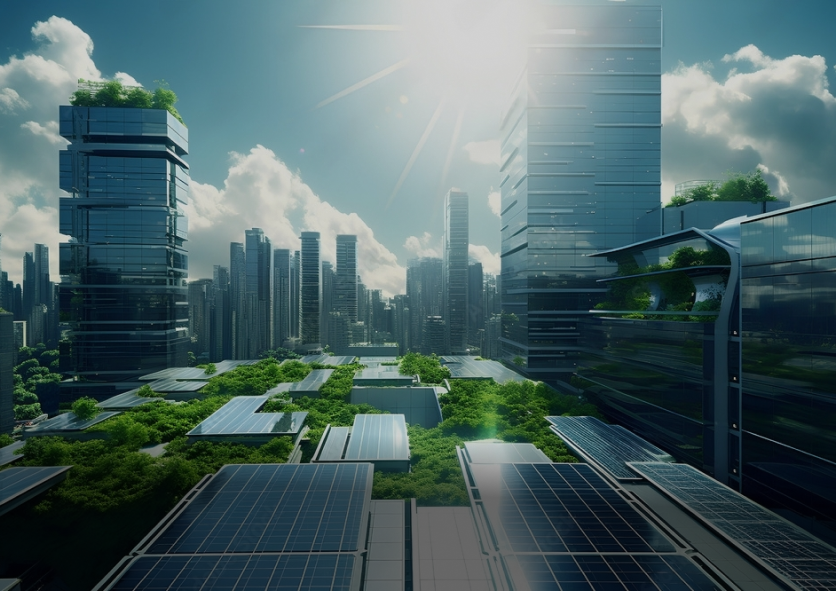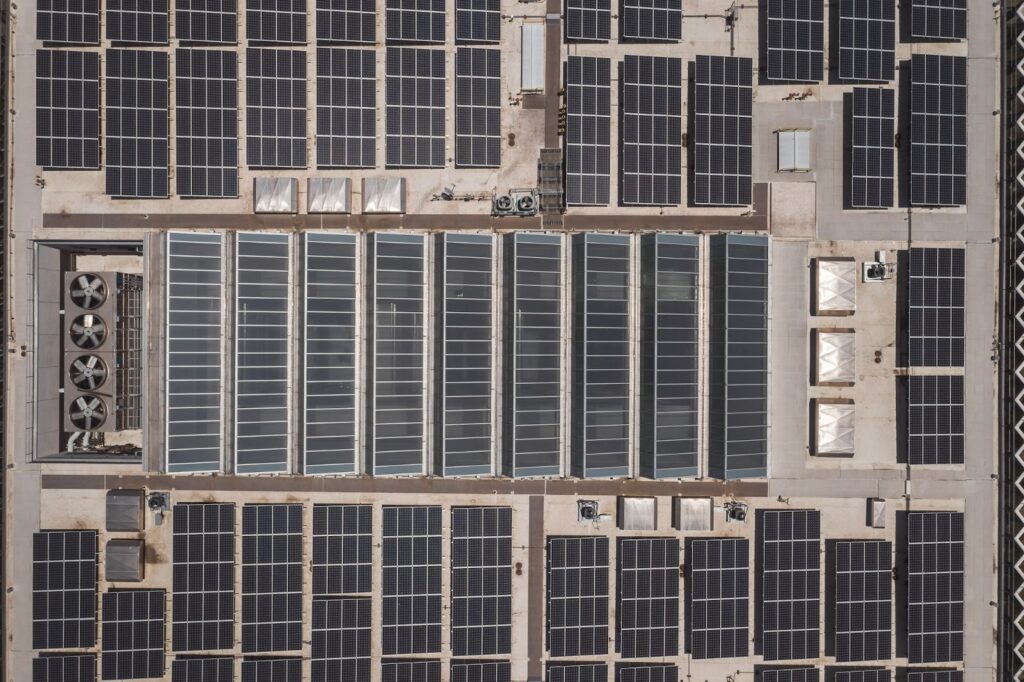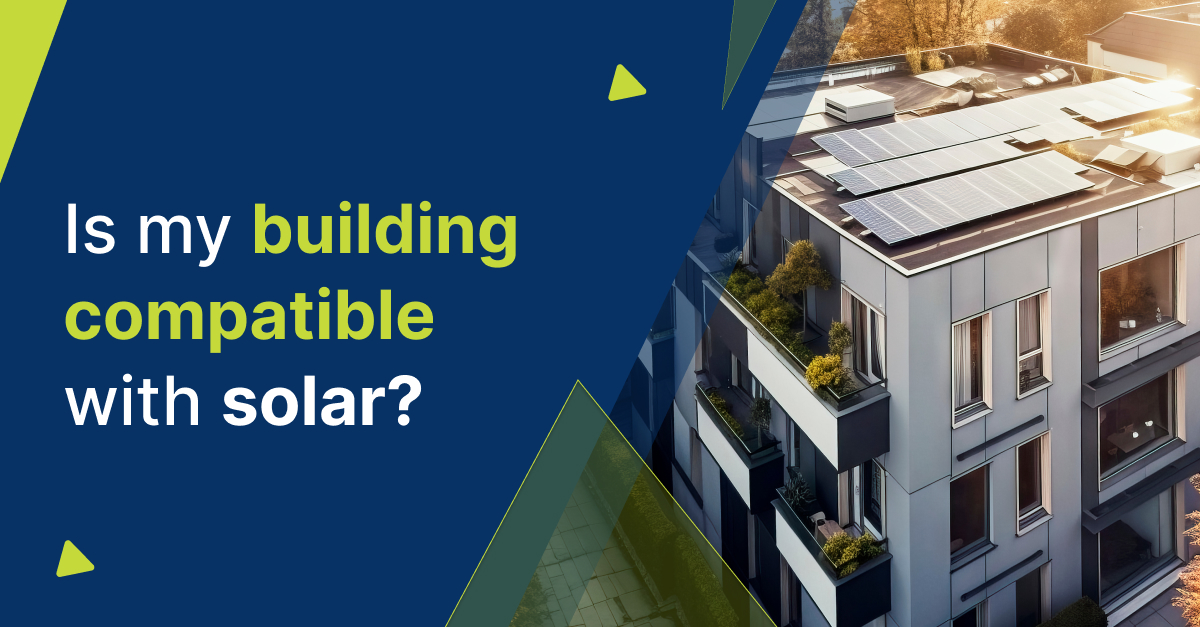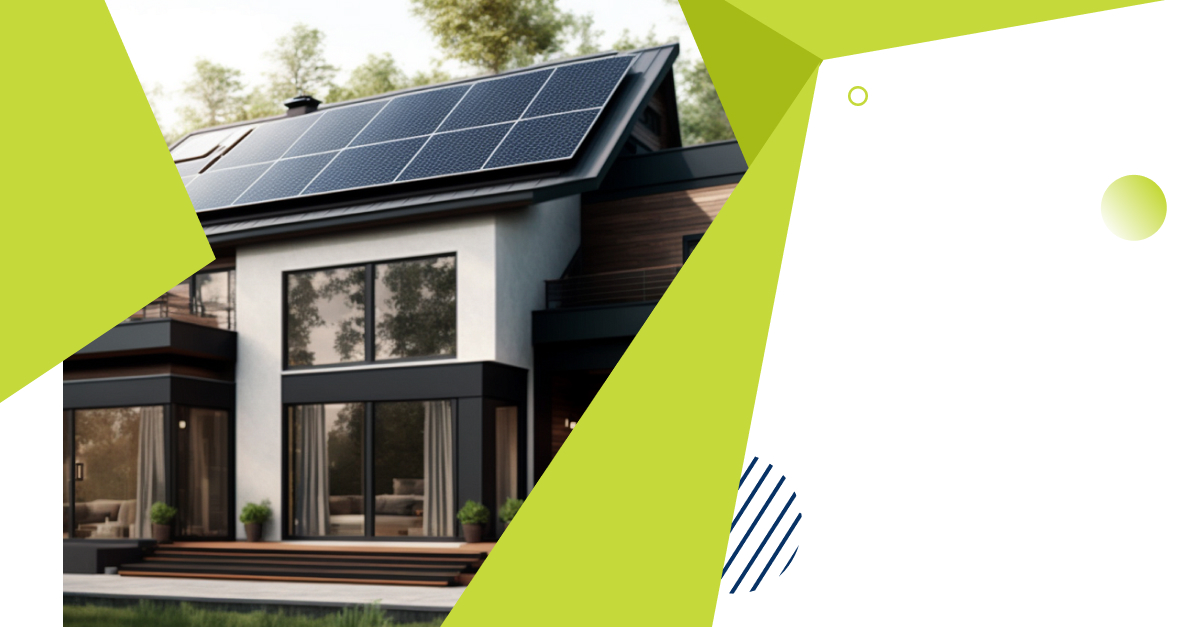Is my building compatible with solar?
Business owners exploring the idea of installing solar panels should first consider the structural integrity of their place of business and whether or not the building is fit for solar panels. The good news is that most buildings can sustain solar panels and their racking, but one should consider the following factors before purchasing your solar system.
Space is a major factor when it comes to solar panels. The best thing to do is get a quote from a solar installation company of your choice and find out how many solar panels you’ll need to generate the amount of power necessary to run your business. Alternatively, you can calculate the amount of space you need manually on your own. First, you must check the energy requirements by looking at the number of kilowatts your business uses each month on your electricity bill. Next, you can get a rough estimate of how many solar panels will fit on your roof by dividing the area of free roof space available by the area of the solar panels you wish to install. Then multiply the number of solar panels that fit on your roof by the wattage of your chosen solar panels. Now multiply this number by 30 to get the amount of energy your building can produce with rooftop solar panels in one month. Compare this number with the monthly energy consumption of your business. If they match up, you can offset 100% of your electricity consumption with solar panels. If you don’t have enough space to generate 100% of your electricity consumption, you can still significantly reduce your energy consumption and electricity bills with, for example, a 60% offset. If you’re lacking in roof space, ground-mounted solar panels are an option, however, roof-mounted solar panels are generally more environmentally friendly and less cumbersome.

Once you’ve figured out the potential amount of solar panels you could host on the roof of your building, it’s time to check on the structural integrity of your roof. Given that solar panels typically produce power from 25-35 years, or even longer, you’ll need a roof that will be able to keep them safely mounted. Take time to check for possible damage on your roofs such as sagging, moisture, leaking, holes, or other damage. It’s much easier to replace your roof beforehand than go through the complex process of uninstalling and reinstalling your solar panels later, adding to the overall cost.
Your roof’s material also plays a role in suitability for solar panels. Some types of roofing are perfect for mounting solar panels, whilst others pose the risk of damage to your solar panels. The best roofing materials that support solar panels are composite or asphalt shingles, seam metal, or concrete tiles. On the other hand, wooden roofs and slate tile roofs may not be suitable for solar panels. Wooden roofs can become a fire hazard, and slate tiles are too fragile to withstand solar panels and racking, and risk damage to the roof’s waterproof seal.

You must also be the owner of the building to install solar panels, otherwise, you’ll have to get permission from the building owner if you’re on a lease.
To maximize the efficiency of a solar panel installation, solar panels must be installed in the direction that receives the most sunlight. Make sure that your roof isn’t overshadowed by other structures or trees that could reduce the potential output of your solar panels. ‘To be sure that your roof has plentiful access to sunlight, consult your solar installation company of choice. They should be able to advise you on whether or not your building receives enough sunlight to meet your solar energy needs.
If you wish to reach out to a solar installation service that can advise you on your building’s suitability for solar, consult IE Construction. Click the link below to contact us today and find out how IE Construction can help your business make the switch to solar energy.



